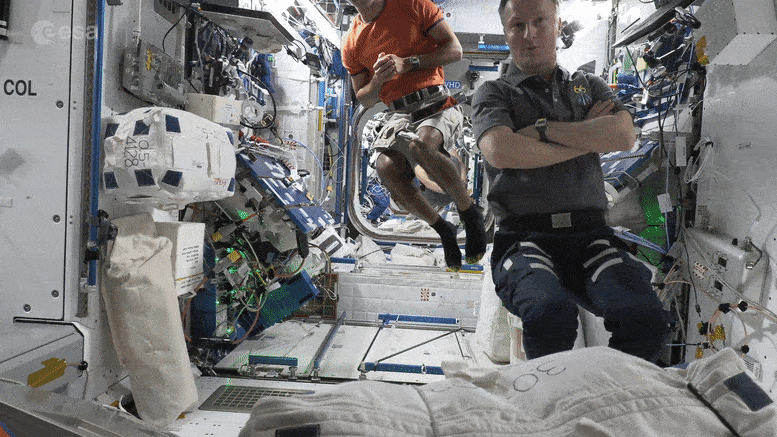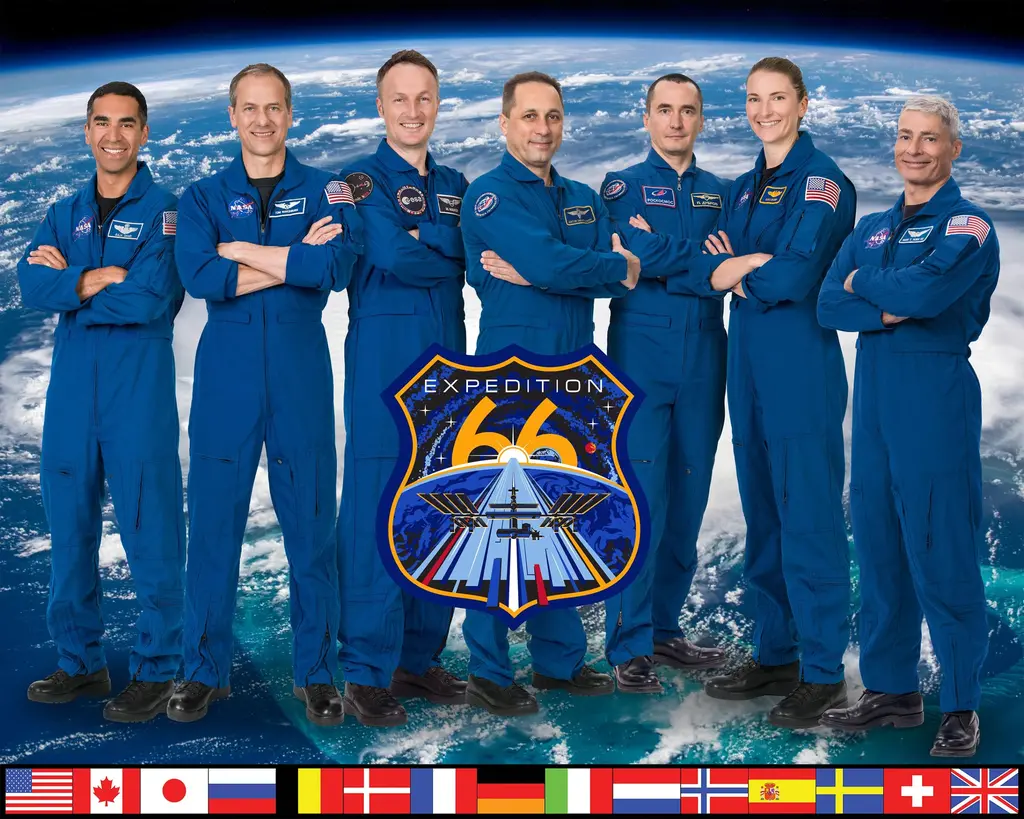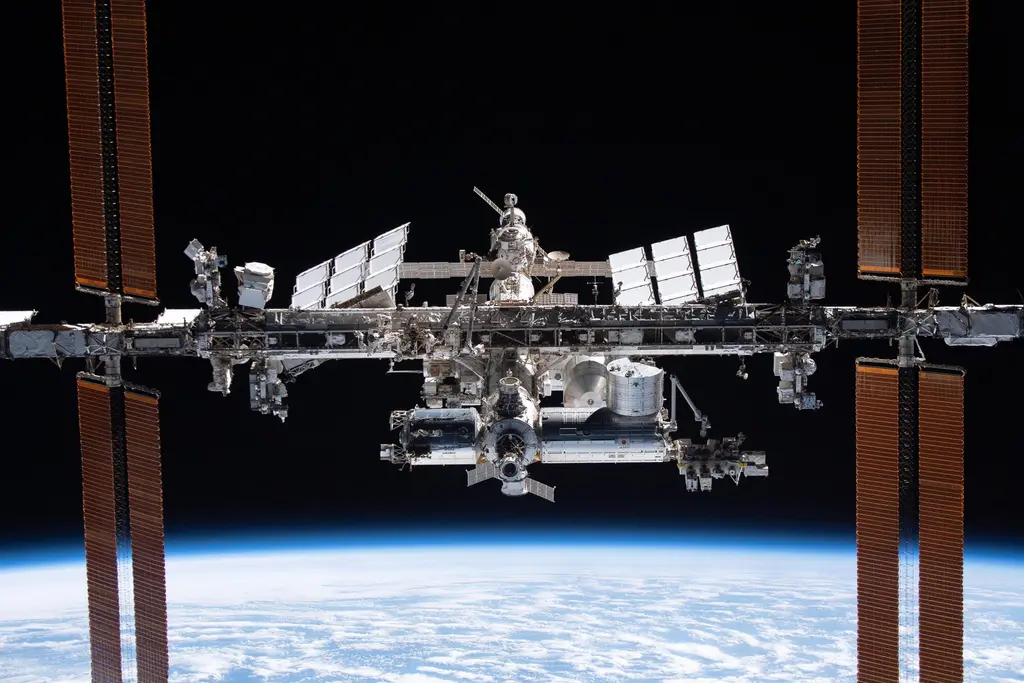The picture below is the scene when the thruster on the international space station starts to adjust the orbital height. Although it seems that astronauts are moving in the space station, it is actually the space station moving around them. It's just that the acceleration is not so fast. The dynamic diagram is 32 times faster.

The crew seen here are members of expedition 66, including NASA astronauts Raja Chari, Thomas marshburn Kayla Barron and mark Vande Hei; European Space Agency (ESA) astronaut Matthias Maurer; Russian space agency astronauts Anton shkaplerov and Pyotr Dubrov.

Official portrait of the seven member expedition 66 unit. From the left are NASA astronauts Raja Chari and Thomas marshburn; European Space Agency astronaut Matthias Maurer; Russian space agency astronauts Anton shkaplerov and Pyotr Dubrov; And NASA astronauts Kayla Barron and mark Vande Hei. Source: NASA
The astronauts obviously enjoyed the experience. This feeling must be a bit similar to the feeling when a car or plane accelerates - it feels like you are pushed back into your seat, when in fact, the seat is pushed onto you by the acceleration of the aircraft.
The International Space Station usually orbits about 400 kilometers (250 miles) above the earth. However, the impact of atmospheric drag may cause the space station to lose up to 100 meters of height every day. Therefore, pressurization needs to be carried out regularly, usually about once a month.
There is no real timetable for when to revive, because the density of the earth's atmosphere at these altitudes is constantly changing, depending on how much energy the sun provides. Therefore, the orbital attenuation velocity is inconsistent. However, due to its huge volume and surface area, the orbital attenuation speed of the international space station is faster than that of other satellites at similar altitudes.

Pressurization is also to optimize the orbital position of the international space station for future visiting spacecraft arriving at the space station. This special re upgrade was carried out in March 2022 using the "progress 79" cargo spacecraft of the Russian International Space Station. By igniting its engine for a few minutes, the international space station was placed at the appropriate height to provide Soyuz for the new crew arriving in March.
NASA said that all the propulsion of the international space station is provided by the Russian in orbit part "segment" and the Progress cargo spacecraft. Propulsion is used for re lift of the space station, attitude control, debris avoidance maneuver (and eventual derailment operation). Gyroscopes in the United States provide daily attitude control, that is, controlling the direction of the space station. Russian thrusters are used for attitude control in dynamic events, such as spacecraft docking. When the gyroscope reaches its control limit, they provide attitude control recovery.